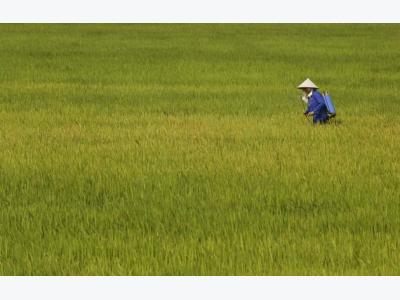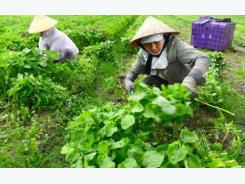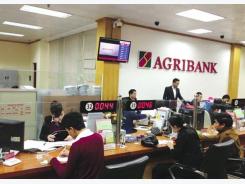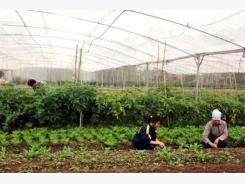Vietnamese PM orders rice revolution to raise quality of production

A rice paddy field in a file photo. Vietnam will launch a comprehensive campaign to raise yields, efficiency and export value, the government said. Photo by Reuters
Falling rice exports have prompted the government to rethink its strategy.
Renovation at all levels of the government is needed to "create a revolution in quality and a new vision, accompanied by strategic planning in line with globalization, in order for Vietnamese rice to meet consumer demand in Asia and the rest of the world," Prime Minister Nguyen Xuan Phuc was quoted on Wednesday as saying.
Vietnam, the world's third-largest rice exporter after India and Thailand, will launch a comprehensive campaign to overhaul production in order to raise yields, efficiency and export value, according to the government.
The Southeast Asian nation went through its first rice revolution in the late 1980s. At that time, the country still had to import rice to meet domestic demand, but 1989 marked the first year of Vietnamese rice shipments, with a total of 1.4 million tons shipped overseas thanks to rapid reforms in agricultural production.
Rice exports peaked at 8 million tons in 2012, but have since dropped due to better production in key markets such as the Philippines, Indonesia and Malaysia, as well as rising competition from India, Pakistan, China, Thailand, Myanmar and Cambodia.
The Vietnam Food Association has targeted annual shipments of around 5 million tons this year, after sales fell to 4.8 million tons in 2016, the lowest since 2008.
Despite continued investment, falling rice exports have prompted the government to rethink its strategy.
Hanoi has classed rice as a strategic commodity to ensure food security for the country's 93 million people, especially with typhoons, salination and floods posing a major threat.
Phuc's instruction came days after the government estimated Vietnam's rice exports from January-March dropped 24 percent from a year ago to 1.2 million tons, a two-year low.
Phuc has asked for rice fields to be merged or expanded in suitable areas, while the land damaged by salination should be switched to raising shrimp and other crops.
He also called for updated agricultural technology to produce varieties with higher yields, while improving storage conditions and avoiding post-harvest losses.
Modern irrigation systems and infrastructure projects to cope with climate change and rising sea levels are needed, Phuc said.
Last month, the premier asked government officials to look into human and natural factors as Vietnam seeks to fight the problems threatening to sink the country's Mekong Delta food basket, which supplies 90 percent of rice for export.
The future of the delta, home to around 20 million people, is threatened by urbanization and dozens of dams, with more in the pipeline. Flooding and droughts that have led to salination, along with rising sea levels, should also be considered for the region's development, a World Bank report said.
The alluvial soil and sediment delivered to the coastal areas in the delta, where the Mekong River enters the East Sea (internationally known as the South China Sea), fell to 75 million tons in 2014 from 160 million tons in 1994, according to data from Vietnam's National Mekong Committee.
The WWF said that higher sea levels may inundate half of the delta by the end of the century.
Related news
Tools

Phối trộn thức ăn chăn nuôi

Pha dung dịch thủy canh

Định mức cho tôm ăn

Phối trộn phân bón NPK

Xác định tỷ lệ tôm sống

Chuyển đổi đơn vị phân bón

Xác định công suất sục khí

Chuyển đổi đơn vị tôm

Tính diện tích nhà kính

Tính thể tích ao




 Việt Nam’s animal feed imports up sharply
Việt Nam’s animal feed imports up sharply  VN needs legal framework for organic farms
VN needs legal framework for organic farms